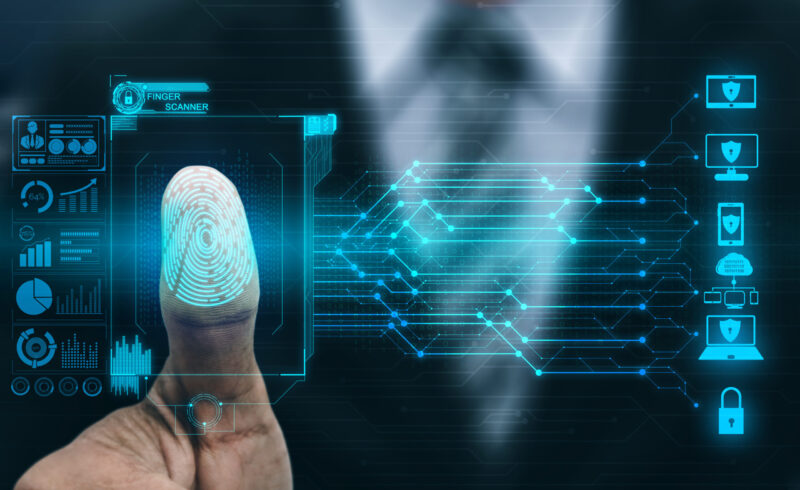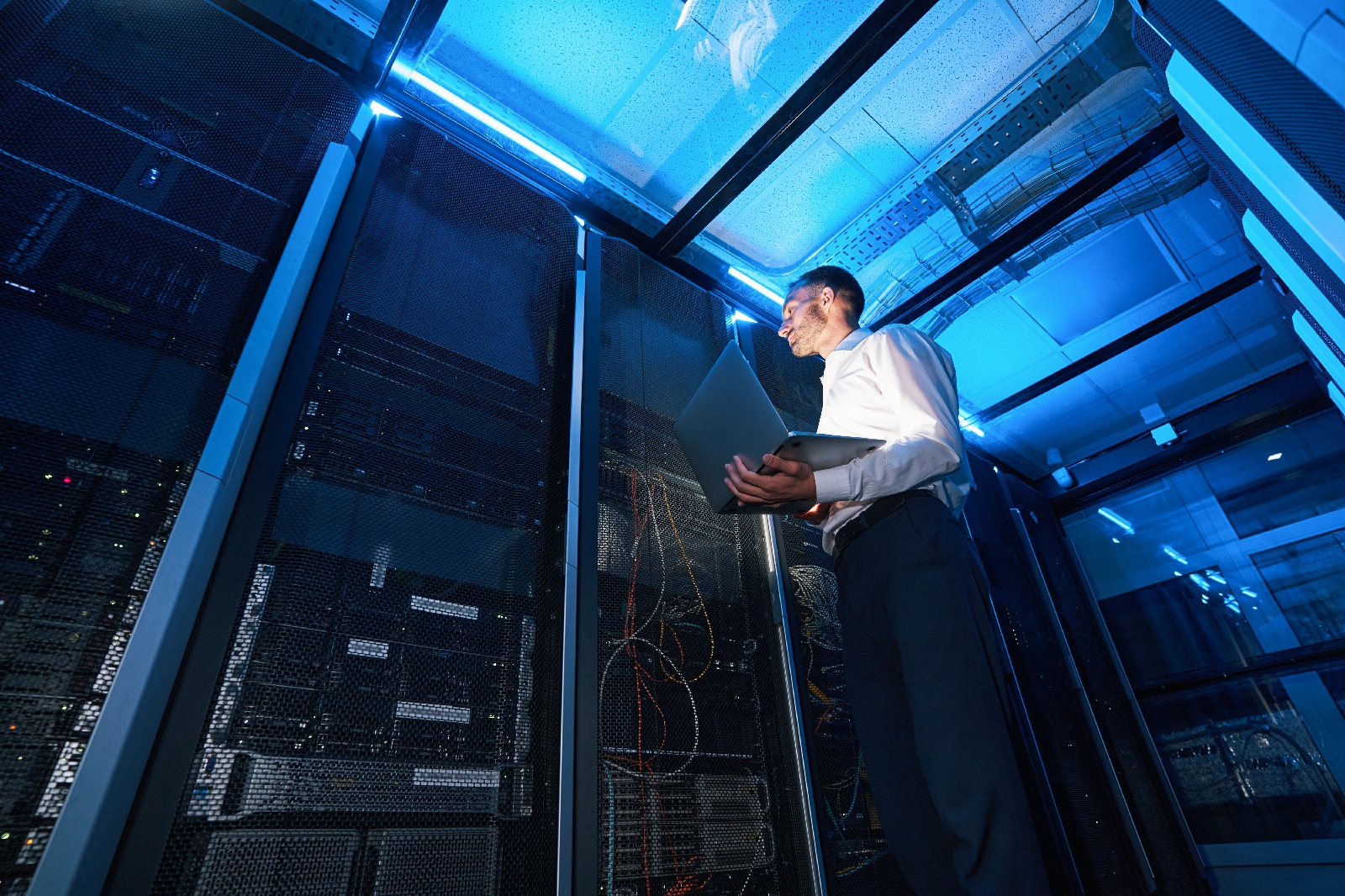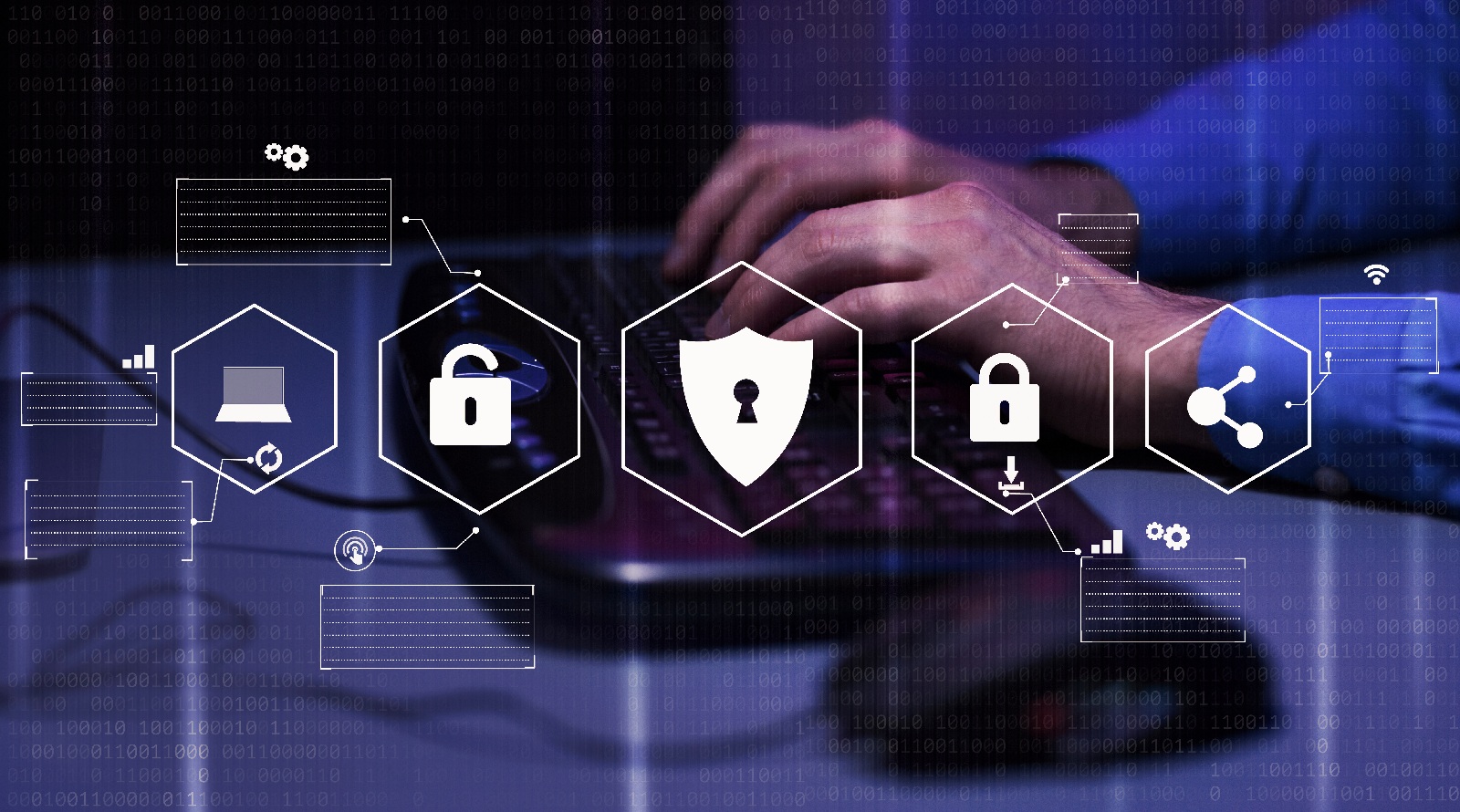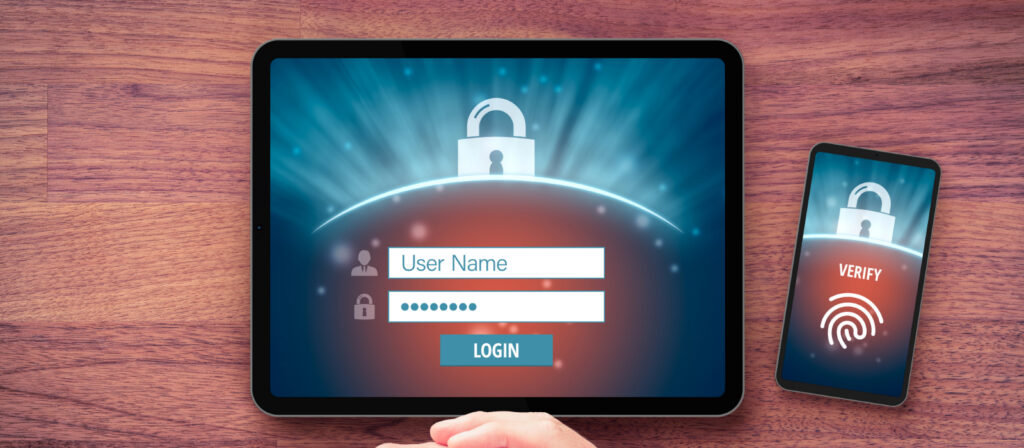
Account security is a core part of any business strategy. Data isn’t just something to manage but a valuable asset to protect. With ransomware being the top threat across 92% of industries, it’s important for organizations to not only understand the risks but also how to stay safer. That’s why we’re highlighting some of the top benefits of multi-factor authentication, a simple yet effective way to boost cybersecurity.
What Is Multi-Factor Authentication (MFA)?
Multi-factor authentication (MFA) is a type of authentication that requires two or more different types of verification factors to access an account. For instance, a user might also need to enter a code received via text message on their phone after entering their username and password. By having more than one type of factor, a hacker can’t access the account without having both authentication methods.
The 5 Types of Authentication Factors
There are five main types of authentication factors with MFA. We’ll briefly highlight what each one is. To be MFA, it requires an account to be protected by two or more different types of these factors:
- 1. Knowledge: This type involves things you know, like a username and password. Security questions also fit under this category.
- 2. Possession: This type of factor depends on something you have, like a phone that can receive a text with a code. This way, even if someone knows your password, they can’t get into your account without physically having your phone.
- 3. Inherence: Also known as biometrics, this type uses your physical features, like a voice or fingerprint, for security. Many people use their thumbs to unlock their devices quickly.
- 4. Location: Some examples of this are the location or device you log in from. Someone attempting to log in from a new device or location may be prompted for additional verification.
- 5. Behavior: This type watches how you usually use your account and flags anything unusual. Odd behavior, such as an unusual bank transaction or logging in during off hours, might prompt it to confirm your identity.
Common Authentication Methods
Below are common authentication methods to enhance security and verify user identities. Some methods are more secure than others, but having multiple factors is always better than not using them at all:
- SMS-Based Verification: Users receive a code via text message on their phone and enter it to log in. This is relatively low risk, though there is a slight chance of it being intercepted.
- Authenticator Apps: Apps like Google Authenticator or Microsoft Authenticator create new codes every 30 seconds. These codes are generated on the user’s device, making it a safer option than SMS.
- Hardware Security Tokens: These small devices create new codes at regular intervals. Users need the token with them to log in, making this a very secure method.
- Push Notifications: The user gets a notification on a trusted device, like a smartphone, and confirms the login by pressing a button. This method connects the approval directly to that specific login attempt, increasing security.
- Biometric Verification: This method uses unique body features, such as fingerprints, faces, or eye scans, for security. It’s considered very secure and easy to use because these features are hard to copy.
- Email-Based Verification: A code or link is sent to the user’s email, which they need to use to log in. It’s safer than SMS but can still be risky if someone else gets into the email account.
- Security Questions: Users create questions and answers as part of the setup process. They add a basic layer of security but can be risky if someone else knows or guesses the answers.
MFA vs. 2FA vs. Passwordless Authentication
While some of these terms are used interchangeably, there are some differences between each type of authentication.
- Passwordless Authentication: Passwordless authentication is a login method that allows users to access systems without using traditional passwords. Instead, it uses alternatives like fingerprints, magic links, or push notifications to quickly access an account without needing a username and password.
- Two-Factor Authentication (2FA): 2FA is a type of authentication approach that uses exactly two factors. Normally it combines a password, and a code received via app, email, or text. This provides much more security than simply password protecting an account.
- Multi-Factor Authentication (MFA): MFA is a broader term that’s used to describe two or more factors used to verify an identity. What sets MFA apart from 2FA authentication is it often involves more than two factors, some of which may be hidden checks. For example, login location history can prevent someone from remotely hacking an account.
The Benefits of Multi-Factor Authentication
Now that we’ve explored how multi-factor authentication works, let’s explore some of its key benefits. These advantages demonstrate why MFA is an essential security measure for modern businesses.
1. Improved Account Security
MFA enhances account security by layering multiple checks before access is granted. Just obtaining one type of authentication factor, such as the username and password, isn’t enough. They would also need additional types of factors like a security code or fingerprint verification to log in. This multi-layered approach significantly reduces the risk of unauthorized access
2. Easy to Use and Implement
MFA technology is designed for simplicity, both in usage and implementation. Many systems offer straightforward, guided setup processes. From there, users are given simple prompts as part of the login process, making for a smooth and seamless process. This ease of use helps avoid disruptions while still keeping people more protected.
3. Proven to Be Effective
Numerous studies have documented the effectiveness of multi-factor authentication. Even if login credentials are stolen, Microsoft suggests that MFA can reduce account compromise risk by 98.56%. By requiring multiple forms of verification, it effectively blocks most unauthorized access attempts.
4. Better Access Control
MFA offers superior access control by ensuring that only the intended user can gain access to their accounts. This system is particularly crucial in environments where sensitive data is handled, as it minimizes the chances of internal or external breaches due to compromised credentials.
5. Reduced Password Risk
With MFA, the reliance on passwords is greatly diminished since access to an account requires other types of authentication factors. That means weak or reused passwords are less of a concern. That makes it much harder for cybercriminals to exploit a single point of failure, thereby safeguarding user data.
6. Ensures IT Compliance
Adopting MFA can help organizations meet various IT compliance requirements. Many government regulations, IT compliance guidelines, and cyber insurance policies now require MFA. Implementing it enhances security and aligns with best practices encouraged by IT experts, making it a win-win for everyone.
7. Customizable Factors
One of MFA’s strengths is the ability to customize authentication factors according to the organization’s needs. Whether SMS-based verification codes, biometric data, or location-based logins, companies can choose the methods that best fit their security and user preferences. What’s most important is selecting factors that people are comfortable with using.
8. Scales for Businesses
MFA is highly scalable, making it an ideal choice for businesses of any size. Its ability to be quickly deployed and managed makes it an effective security measure that grows with your organization. From small startups to large enterprises, MFA provides a reliable and efficient way to protect access to resources.
The Risks of Not Using MFA To Stay Protected
Without MFA, businesses face a greater risk of security breaches. A single layer of protection, like a password, often isn’t enough to stop attacks such as phishing or brute force attempts. Hackers can easily steal or guess passwords, giving them access to sensitive data or control over systems. How they use that data can cause untold damage to the business and customers alike.
There’s also the risk of non-compliance with regulations or cyber insurance policies, many of which now require MFA. That can lead to many consequences, such as costly lawsuits, fines, brand damage, and more, which can be challenging to recover from. Without these protections, businesses may also face higher insurance costs. Implementing these safeguards can help avoid these issues and provide stronger, more reliable protection.
Best Practices for Implementing MFA
Implementing multi-factor authentication (MFA) can strengthen your organization’s security. Here are some essential practices to follow:
- Select the Right MFA Methods: Choose MFA options that best suit your security needs and the data you’re protecting. The right choice can vary from text-based one-time passwords to biometrics.
- Focus on User Experience: Good security should be user-friendly. Customize the user interface to keep it familiar and easy to navigate. This will help increase adoption and reduce user frustration.
- Cloud MFA Supports Scalability: Cloud-based MFA solutions are ideal for growing businesses. They’re easy to scale and integrate with other cloud services, providing robust security that evolves with your needs.
- Balance Security with Accessibility: Strong security is crucial, but it shouldn’t stop user access. Offer various authentication methods to suit different user needs and situations.
- Keep MFA Current: Security threats evolve, so your MFA should, too. Regularly update and review your MFA setup to incorporate new technologies and counter new threats.
- Educate Users: Ensure everyone understands the importance of MFA and how to use it effectively. Clear guidance and support can lead to better compliance and fewer errors.
- Integrate MFA with Existing Systems: Link MFA with your current security systems for better protection. This enhances defense layers and helps monitor authentication activities more effectively.
These practices ensure that MFA secures your systems and supports a positive user experience, which can help your organization adapt to changing threats and needs.
Real-World Examples of How MFA Can Help
To help highlight the benefits of using MFA, we’ve created a few different real-world examples of types of cyberattacks that MFA can help prevent.
Example A: Keeping Client Data Safe at a Financial Firm
A financial firm uses SaaS Security Posture Management (SSPM) to protect its cloud-stored client data. SSPM constantly checks and adjusts the firm’s security settings across its cloud applications, ensuring they meet industry standards. This system helps prevent data breaches by proactively identifying and fixing security gaps and ensuring client information remains secure and confidential.
Example B: Protecting Remote Workers at a Tech Company
A tech startup lets its team work from anywhere, which means people often log in from cafes or homes. To keep the company’s data safe, they use a system that checks who’s trying to log in and where they’re logging in from. Each time a worker logs in from a new location, extra verification from two factors is required to confirm their identity. One, they must log in from their usual work device (such as a laptop). And two, they need access to the authenticator app from their phone, matching the numbers as usual.
Example C: Keeping Healthcare Patient Information Protected
A healthcare provider must follow strict HIPAA compliance guidelines to protect patient information. They use a single sign-on (SSO) method that allows healthcare workers to log into accounts with the tap of their ID badges. This not only saves time but also prevents them from having to memorize usernames and passwords, which can be vulnerable to theft.
These scenarios demonstrate how integrating features like SSO, SSPM, and numbers matching MFA can enhance organizations’ security. This can help ensure compliance and better safeguard against more advanced cyber threats.
The Future of MFA and Securing Your Business
As MFA continues to develop, it’s becoming integral to securing modern businesses more effectively. Here’s an overview of the critical advancements expected in the near future:
- Phishing-Resistant MFA: As phishing attacks continue to evolve, the development of phishing-resistant MFA is critical. Security keys and number-matching features in authenticator apps provide a more robust defense than knowledge-based factors.
- Adaptive and Contextual Authentication MFA: Smarter systems can adjust authentication requirements based on context. By analyzing factors like user location, device history, and access timing, MFA can provide a smoother user experience. If the system detects something out of the ordinary, it can trigger additional verification factors.
- Cloud MFA: With an increasing shift towards cloud-based infrastructure, cloud MFA solutions are becoming vital for businesses. These solutions offer flexibility, scalability, and integration with cloud services, enhancing security across digital environments.
- Biometric Integration: Biometrics are becoming more commonplace in MFA systems due to lower costs and increased accessibility. Since it uses unique personal identifiers such as fingerprints or facial recognition, it can also streamline the user experience while being just as secure.
- SaaS Security Posture Management (SSPM): As businesses increasingly utilize SaaS platforms, integrating SSPM tools to monitor and manage MFA settings across applications is essential. These tools help ensure consistent application of security policies and provide insights into vulnerabilities.
These advancements are creating a future where MFA improves security and better aligns it with user habits. Employee education also plays a role. Considering only 13% of targeted employees report phishing attempts, staff must understand the risk of cyber threats and role of authentication.
Since every organization is different, the best MFA strategy for one company might be different from another. What’s most important is to use factors that staff are willing to use. Those security methods won’t keep people fully protected if people start cutting corners.
